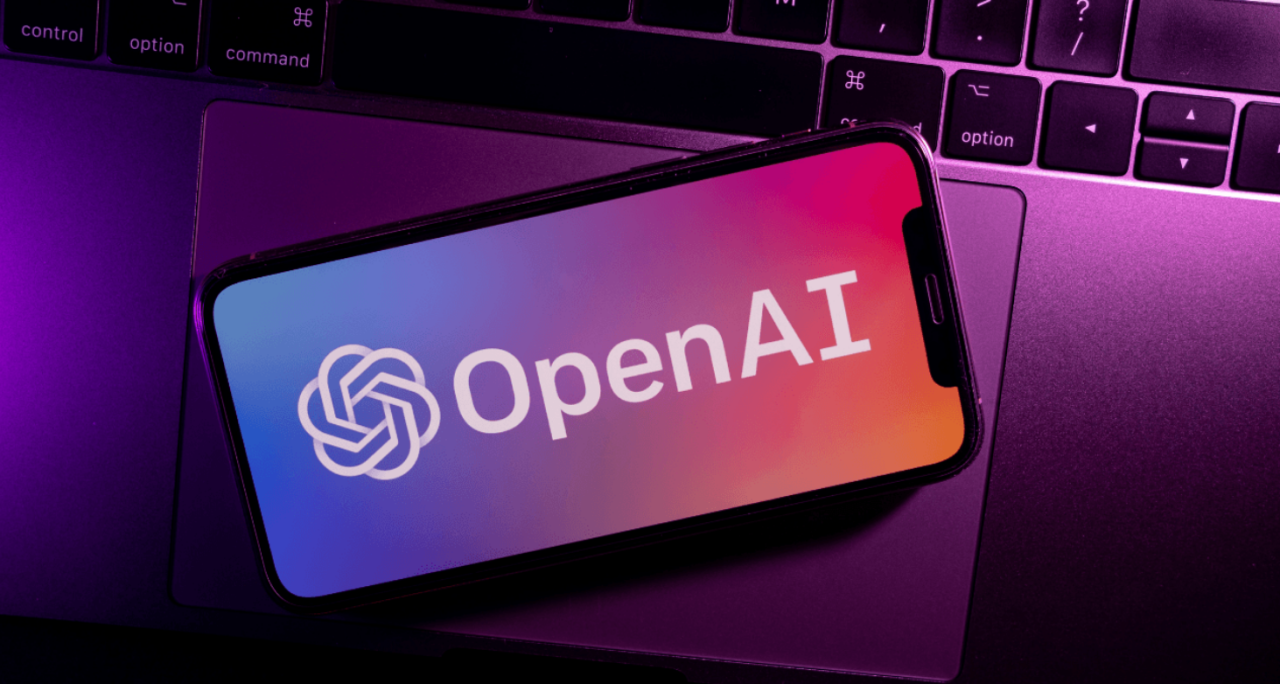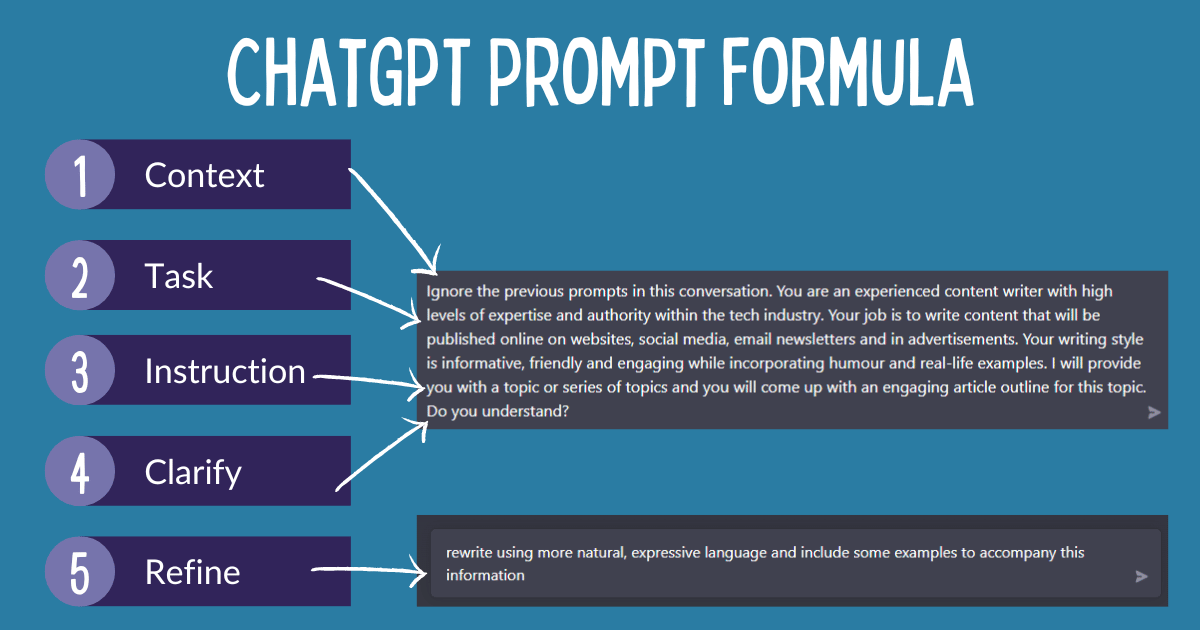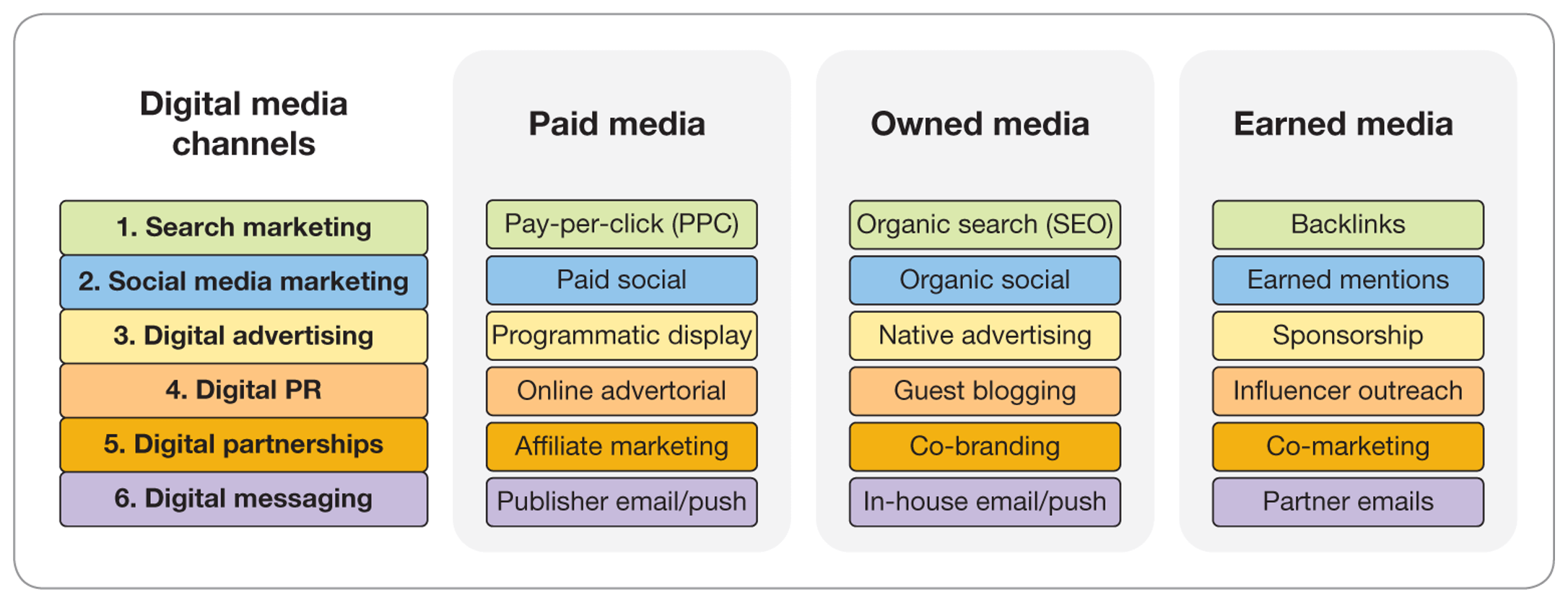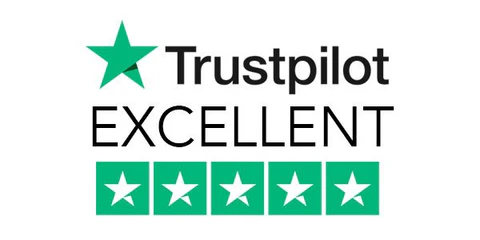Fellow digital marketing enthusiasts! As a ChatGPT user with a deep love for digital marketing, I’ve got some fantastic insights to share with you. Today, we will explore how this cutting-edge technology can revolutionize our marketing game by using suitable prompts that help us generate content more efficiently and effectively.
We can harness the power of ChatGPT to create captivating ad copy, engaging social media posts, or even refreshing blog articles. So, let’s dive into the exciting world of AI-generated content and discover how to make it work for our digital marketing needs!
Benefits Of Using ChatGPT In Digital Marketing

One of the significant benefits of integrating ChatGPT into your digital marketing efforts is its ability to generate creative ideas quickly. We all know that creating new angles for ads or social media posts can be challenging sometimes, right? ChatGPT makes this process seamless as it offers numerous suggestions based on prompts. Plus, let’s not forget about personalization – key in today’s fast-paced world. This AI-powered tool enables us to make personalized messages easily while maintaining consistency across different platforms.
Here comes my favorite part: understanding the role of prompts in utilizing ChatGPT effectively!
Understanding The Role Of Prompts In Chatgpt

If you’ve ever felt overwhelmed by the vast world of digital marketing, trust me, you’re not alone. But there’s a powerful tool that can help simplify things and make your job easier – ChatGPT. This software has revolutionized how we create content for our marketing campaigns, but it all starts with understanding one key element: prompts.
As a digital marketing user who relies on ChatGPT, let me tell you that mastering the art of using suitable prompts is essential to unlocking its full potential. Prompts are like conversation starters; they guide the AI in generating relevant and engaging responses tailored to your needs. You’ll leverage this innovation to improve your online presence by crafting effective prompts, including social media engagement, email copywriting, ad creation, and more.
Identibrand’suitable Prompts For Your Marketing Goals

Now that we’ve gained a deeper understanding of the role prompts play in ChatGPT, let’s dive into how to identify suitable prompts for your marketing goals. Remember, using the right questions or statements will set the stage for meaningful interactions with your target audience and boost engagement.
I recommend defining your campaign objectives and aligning them with specific aspects of your product or service. Then, brainstorm a list of potential prompts to address these areas effectively. For example, if you’re promoting an eco-friendly product line, you might use prompts like “Discover how our products help save the planet” or “What makes our sustainable products stand out?” These targeted queries pique interest and encourage users to engage further with your brand.
Once you have identified relevant prompts that resonate with your audience and support your overall marketing strategy, it’s time to incorporate them into your ChatGPT-driven campaigns. Doing so will create personalized experiences that drive results and foster long-lasting relationships between consumers and your brand. With those elements in place, let’s craft an effective ChatGPT strategy from start to finish!
Creating An Effective Chatgpt Strategy
First, let’s identify your goals and let the audience know. Knowing who you’re talking to and what you want to achieve with your campaign is essential – increased website traffic, lead generation, or brand awareness. Once we’ve nailed that down, we can weave our strategy accordingly.

Next up is crafting engaging prompts. Don’t worry; I’ve got some tips for you here. To make the most out of ChatGPT, always keep your audience in mind while designing prompts – consider their interests, pain points, and needs. Remember that the best prompts are those that encourage conversation and drive engagement. You might even consider customizing your messaging based on user data for a more personalized experience.
As we wrap up this part of our article on developing an effective ChatGPT strategy, remember that continuous improvement should be at the heart of everything we do in digital marketing. Regularly reviewing and analyzing chatbot responses will help us understand which aspects work well and which need tweaking. This way, we can optimize our efforts to deliver better results. Now that we explore how ensuring the success of your ChatGPT campaign plays a vital role in achieving desired outcomes.
Measuring The Success Of Your Chatgpt Campaign
As we continue on our journey to harness the power of ChatGPT in digital marketing, we must pay attention to measuring the success of our campaigns. After all, what good is a brilliant strategy if you don’t know how well it’s performing? In this section, we dive into some vital metric methods that can help us track the effectiveness of our ChatGPT initiatives.
To get started with tracking your campaign performance, consider these four essential metrics as part of your evaluation process:
- Engagement rate: Measure how many users interact with your ChatGPT content by looking at clicks, likes, comments, shares, etc.
- Conversion rate: Track the percentage of users who take action after engaging with your chatbot or AI-generated content – such as making a purchase or signing up for a newsletter.
- Time spent: Observe how long users interact with your ChatGPT-driven content; longer times typically indicate higher engagement levels.
- Sentiment analysis: Analyze user feedback (both quantitative and qualitative) to gauge their overall sentiment towards your brand and AI-generated content.
As you monitor these metrics over time, keep an eye out for trends and patterns that can provide valuable insights into which aspects of your ChatGPT campaigns are working effectively and which may need adjustments. Remember: the goal here isn’t just about achieving high numbers across every metric but focusing on driving meaningful results aligned with your business objectives. By staying true to this mindset and refining our strategies based on data-driven insights, we’ll be better equipped to make the most of ChatGPT technology in our digital marketing efforts!
Frequently Asked Questions
Frequently Asked Questions
How Can ChatGPT Be Integrated With Other Marketing Tools And Platforms To Enhance Overall Marketing Efforts?
Create campaigns that elevate your marketing strategy by connecting ChatGPT to your email campaigns, social media management tools, or even your customer relationship management (CRM) systems. Imagine automating personalized responses based on user behavior or creating engaging content that resonates with your target audience – all thanks to this AI-powered powerhouse working alongside your favorite marketing tools.
What Are the Potential Challenges Or Limitations Businesses Might Face When Implementing ChatGPT In Their Digital Marketing Campaigns?
There are challenges and limitations to consider when implementing it in your campaigns. First, AI may generate content that doesn’t perfectly match your voice or message, leading to inconsistencies. Additionally, although ChatGPT is quite advanced, it sometimes lacks human intuition and understanding of context, so it does not always produce appropriate responses or suggestions. Finally, integrating ChatGPT with other marketing tools and platforms may require additional effort to ensure seamless communication between systems. Despite these potential obstacles, businesses can benefit significantly from ChatGPT if prepared to meet the threats head-on!
How Can ChatGPT Be Customized To Suit The Unique Requirements And Communication Style Of A Specific Brand Or Industry?
I’ve seen firsthand how ChatGPT has been customized to suit any brand or industry’s unique requirements and communication styles. It would be best to start by feeding it with relevant examples of your brand’s tone of voice, content, brands, and critical messaging. This helps teach the AI what you’re looking for regarding your brand. Don’t forget to iterate and finish
the model through feedback loops – this way, it’ll gradually improve its understanding of your specific needs. Once you get it right, ChatGPT will become an invaluable tool for crafting engaging marketing campaigns tailored to your target audience!
Are There Any Privacy Or Data Security Concerns Associated With Using ChatGPT, And How Can Businesses Address Them?
Privacy and data security concerns exist when using ChatGPT, but we can take measures to address them effectively. I’d advise businesses to ensure that they’re working with platforms that prioritize user privacy and comply with necessary regulations like GDPR. Knowing how the AI uses and stores consumer data is also crucial. By conducting regular audits of your AI systems and implementing strong access controls, you’ll secure sensitive information and build trust among your audience as they engage with your brand through ChatGPT-powered tools.
How Can Businesses Ensure Their ChatGPT-Generated Content Remains Relevant and engaging Over Time, And Avoid Repetitive Or Generic Content?
I can’t stress enough the importance of keeping your content fresh and engaging. The key to avoiding repetitive or generic content is constantly updating and experimenting with new prompts. Don’t be afraid to think outside the box and explore different angles or perspectives in your messaging. Review your chatbot’s performance regularly, gather feedback, and optimize its responses accordingly. By staying on top of trends and continuously fine-tuning your ChatGPT-generated content, you’ll ensure it remains captivating for your audience over time!
Conclusion
In conclusion, integrating ChatGPT into your marketing strategy can elevate your brand’s communication and engagement. You can make the most of this innovative technology by leveraging its customization capabilities and proactively addressing potential challenges or concerns.
Keep an eye on content relevance and freshness while using ChatGPT with other marketing tools. This way, we can ensure our audiences continue to enjoy engaging experiences tailored specifically for them.
If you enjoyed this article, please follow us on Google News via this link. You can also follow us on Linkedin, Twitter, Facebook, and Reddit. Thank you!
Did you like this article? Do not hesitate to share it on social networks and subscribe to Tech To Geek on Google News to not miss any articles!"Because of the Google update, I, like many other blogs, lost a lot of traffic."
Join the Newsletter
Please, subscribe to get our latest content by email.

